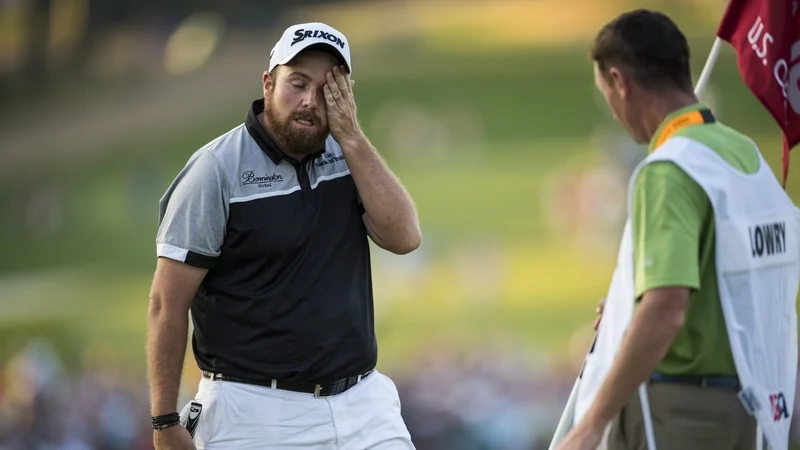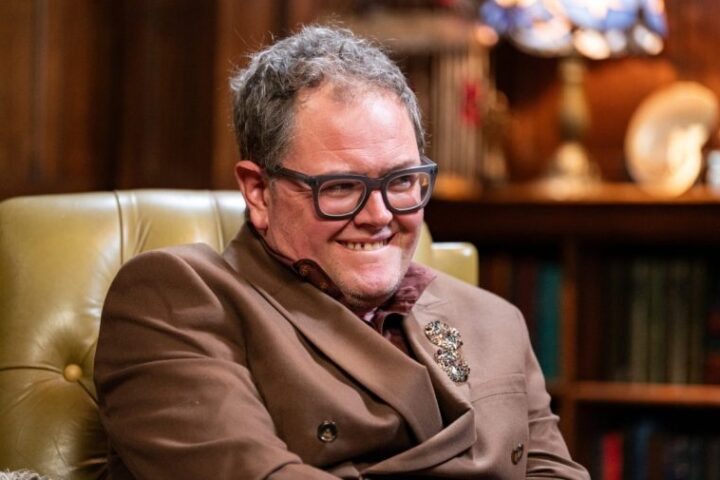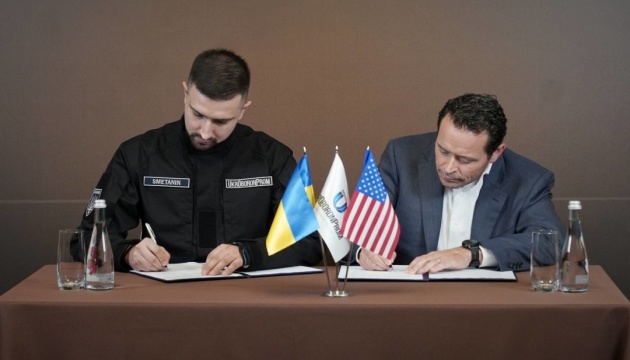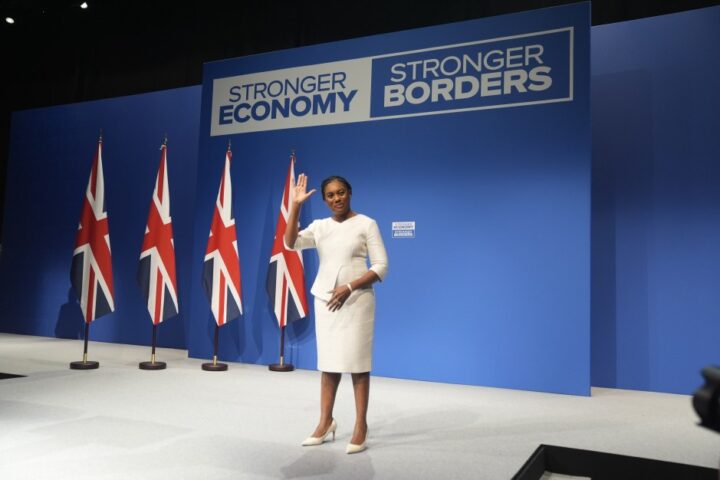Shane Lowry is back at the scene of his first ever major near miss, the one which haunted him for a couple of years afterwards.
The US Open returns to its most storied and characteristic layout, the closest the tournament has to a signature course.
The USGA doesn’t operate the same relatively tight rota of courses that they do in the Open Championship. There isn’t really a St Andrew’s equivalent in the US Open but if there was, Oakmont would probably be it.
The run-in to this US Open has seen the usual proliferation of social media shorts and close-ups of impossibly dense rough and capriciously slope-y greens. The eighth hole treats us to a 289 yard par-3.
The instagram and youtube golfers have all been invited in to have their go at the course in recent weeks, attesting in their usual wowzer, hyperbolic terms to its difficulty.
This is what distinguishes the US Open from the US PGA Championship, where, by comparison, the tournament is often held at Bland CC. The PGA tends to be solely about the players. In the US Open, the course becomes a leading character.

A golf-watching public wearied by week after week of monotonous birdie-fests, watching Scottie Scheffler hit 32-under par, appear hungry for a bracingly ‘traditional’ US Open style test. (The Memorial Tournament a couple of weeks ago being an honourable exception.)
In that context, one senses there’ll be disappointment among the purists if the winner is six-under par again.
But we have been here before.
In 2017, future LIV defector Kevin Na uploaded a short video of himself pegging his ball into a tangle of rough which he claimed was just off the fairway at Erin Hills.
After a couple of futile efforts to hack it out of there, he issued a plea for past champions to be put in charge of course set-up – rather than the sadistic elders of the USGA, being the obvious inference.
Then, the following Sunday, Brooks Koepka won his first US Open on 16-under par.
The conventional wisdom these days is that with technological advancements, the USGA are almost unable to contrive an over-par winning score without making the course stupid hard.
Seasoned US Open watchers will be familiar with the usual tropes whenever this occurs.
Crazy golf style pin positions. Greens faster than the track at Hockenheim. Sickened players mouthing off about the conditions in every interview, lamenting that they’ve “lost” the course. Gary Player issuing another impassioned monologue about how the common man would be unable to break 150 around here. Phil Mickelson, +12 on Saturday, thumbing his nose at the organisers by deciding to putt snooker style over the closing holes.
We haven’t had a winning score worse than six-under par since 2018, though Bryson DeChambeau was a complete outlier at Winged Foot in 2020, winning by six shots.
After the opening round at LA Country Club in 2023, when both Rickie Fowler and Xander Schauffele shot 62, there were fears among the traditionalists that the fearsome US Open tests of yesteryear were no longer challenging the modern players.
The sense this time around is we could be in for some proper carnage.
“The stories that came out of here from last Monday was that it was pretty much unplayable,” Lowry told RTÉ Sport’s Greg Allen this week. “The greens were running at 15 on the stimpmeter. Rory, in particular, I spoke to him about it and he couldn’t believe how hard it was.”
The talk was similar nine years ago.
Lowry recounted this week how he’d walked off after five holes of his first practice round in 2016 muttering how he was never going to be able to play this course.
Then the rains came on Tuesday and Wednesday. The ground softened.
And Lowry, after an impressive two-under par 68 on Thursday (like most US Open courses, the par here is 70), carded a 65 in his weather interrupted third round – the best round of his career until the 64 on Saturday in Portrush in 2019.

He wasn’t considered to be in the front rank of players on the PGA Tour at the time but there was nonetheless a sense he was building towards something big in the lead-up. The previous year, he’d nipped inside the top-10 at the notorious Chambers Bay and then had his biggest win at the WGC event in Firestone.
With play running behind schedule due to dangerous weather on Thurday, Lowry had opened a two-stroke lead on Saturday night with still four holes left to play in his third round.
Things got even better resumed early on Sunday morning – close to lunch-time in Ireland – birdieing the 15th and 17th to take a four stroke lead into the final round.
Then, anxiety seemed to take hold. Lowry turned in 38, by which time his lead evaporated. He wound with a closing 76, the worst score of anyone on the leaderboard.
Dustin Johnson, who’d choked in such excruciating fashion on the 72nd hole 12 months earlier, won with a swagger which belied his previous history on major Sundays. Lowry had to content himself with tied-second, then his best finish at a major.
The failure at Oakmont appeared to nag at him a couple of years as he entered a slump, which he wouldn’t fully shake off until his annus mirabilis in 2019.
On the eve of his final round in Portrush, the questions about Oakmont inevitably surfaced. It was only there that the demons were put to bed.
How is Lowry primed for such a test this time around? Statistically, pretty damn good.
Two months ago, Lowry walked off the 18th green on Saturday at Augusta and snapped at reporters that he was sick of answering questions about Rory McIlroy.
“I’m not going to stand here and talk about Rory for 10 minutes. I’m trying to win this tournament as well,” Lowry told the press pack.
This week, partly due to McIlroy’s woeful struggles with the driver in the past month, Lowry enters as the form Irish player.
The narrative around the 2019 Open Champion has been strangely downbeat in Ireland, as a result of high profile failures to close out victories on Sunday, most gallingly at the Wells Fargo early last May. One suspects the public would be more forgiving if he hadn’t contended at all.
The disappointment at the Wells Fargo was still lingering when he turned up at Quail Hollow – or ‘f**k this place’ as Lowry calls it – two days later. He almost went viral for digging up half of North Carolina after his ball somehow nestled in a deep pitch mark in the middle of the fairway. More negative commentary followed after he narrowly missed the cut – but he had been brutally unlucky not to book a weekend slot and, after a poor front nine on Thursday, didn’t play all that bad.

As it stands, the PGA is his only missed cut in his last 13 events.
Lowry returns the site of his near brush with glory in the most consistent form his career. Long stereotyped as a short game wizard, it’s his driving and iron play which has been the core strength of his game in recent years, in particular the latter.
This bodes well for is being billed as a classically brutish US Open layout.
“I think it’s the best I’ve ever been,” Lowry said this week. “I was going to say I’m getting the rewards. I don’t feel like I’m getting the rewards, to be honest.
“Because every Sunday, I come off the golf course, I feel like I’m after getting punched in the gut. With it being a very consistent year, I can’t remember the last time I walked off the 18th green happy with myself.
“But there will be some Sunday soon hopefully where I’m walking off that 18th green pretty happy and proud of myself. Hopefully, it’ll be this week.”














